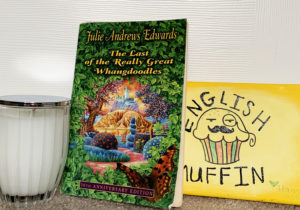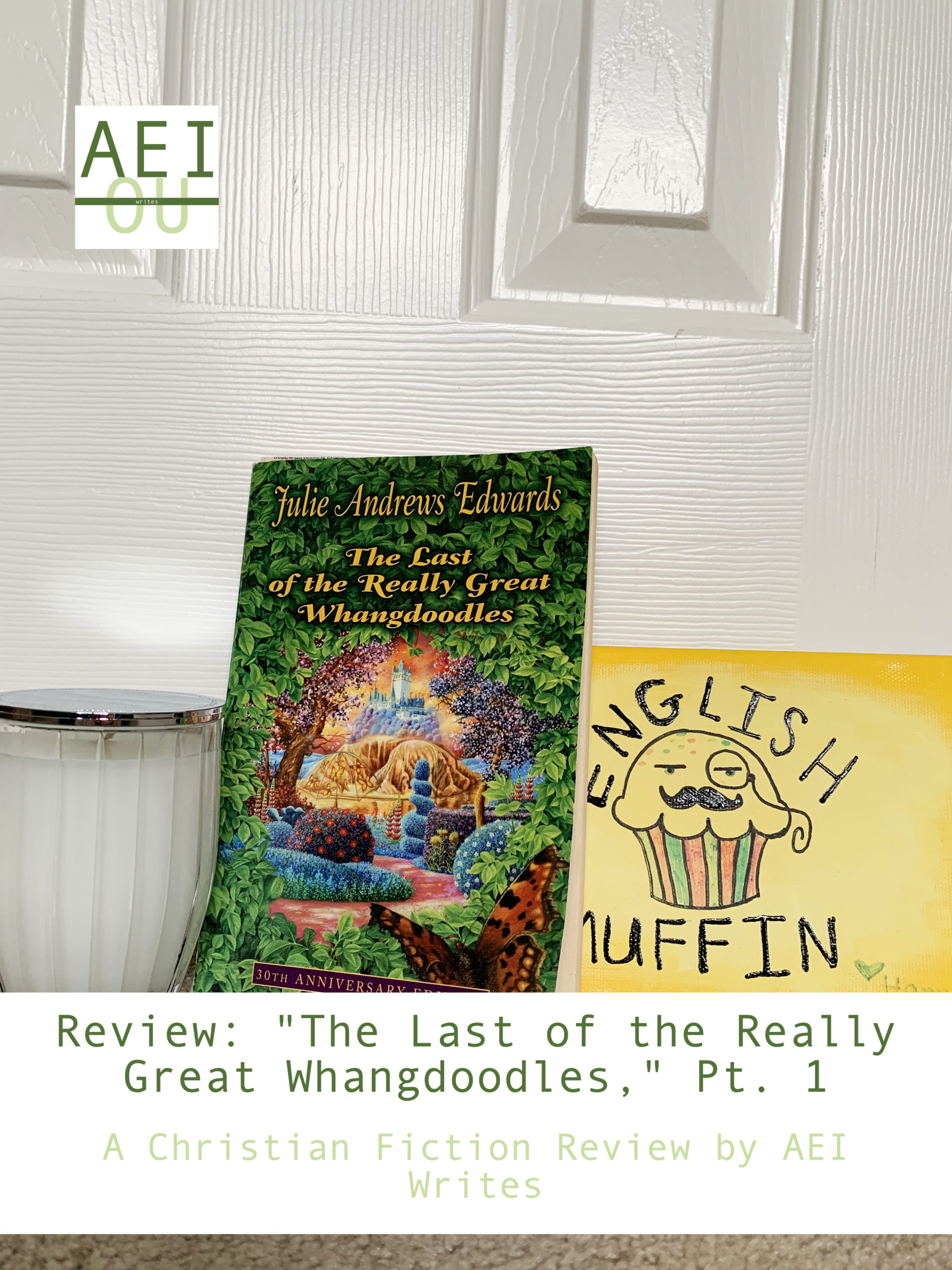Just like Mary Poppins, Julie Andrews is “practically perfect in every way.” 10 years after Mary Poppins released, Julie Andrews Edwards published The Last of the Really Great Whangdoodles. About 35 years after that, an awkward, lanky girl dared to lift her head from the school hallway’s laminate tile for the first time in two years. This book made such a big impact on my perspective that I’m going to spend the next couple of weeks reviewing the “practically perfect” book, The Last of the Really Great Whangdoodles.
The Last of the Really Great Whangdoodles, “Part One: Challenge”
As I reread the first page of the book, I tried to find any detail that didn’t meet the standards I learned in college. I literally could not find a single thing wrong. Every sentence packed so much detail in a simple, concise package. And the trend continued on the following pages! Dame Julie Andrews Edwards maintained extreme attention to detail and built her theme of imagination in such a seamless, natural way. She recorded patterns of human behavior that most people don’t notice. This quote from chapter one changed my entire perspective (quite literally) in seventh grade.
“Have you noticed how nobody ever looks up?” The man’s voice was suddenly irritable. “Nobody looks at chimneys, or trees against the sky, or the tops of buildings. Everybody just looks down at the pavement or their shoes. The whole world could pass them by and most people wouldn’t notice.”
*Edwards, 11.
Within ten minutes of reading this book for the first time, I decided to try lifting up my head as I walked. My neck felt strange when it wasn’t craned to the ground. I started to see other students in the hallways and noticed that they avoided confrontation like I did. Their eyes darted to avoid the yellers and the fighters. They tried to move without taking up any space. We all had a lot more in common than I realized when I lived solely inside my brain.
Does the Book Discuss Faith?

Surprisingly, yes! The Last of the Really Great Whangdoodles does address faith. What’s more, the book addresses faith’s correlation to science in a really fascinating way.
“It is indeed complicated,” answered the professor. “Actually it’s miraculous. And DNA and RNA are the codes to life itself.”
“I always thought life had to do with G.O.D.,” said Lindy in a clear voice.
“Oh, my dear.” The professor laughed and touched her head gently. “I’m sure it does have a lot to do with G.O.D. Believe me, I think about Him a great deal, too. But, however life began – and some scientists say it was by an incredible accident, and some say it was by God’s design – we do have the unique privilege of being on this earth right now, and that’s something we shouldn’t take lightly.”
*Edwards, 30.
Edwards combines faith and science beautifully. She acknowledges that some of her audience believes in God while others may not. For a book that will later address some pretty complex issues of genetic cloning, Edwards acknowledges with reverence God’s power and authority in the act of creation. I literally can’t think of a better way Edwards could have resolved this tension between faith and science. And she does it within the first four chapters of the book!
What’s to Come
As the book continues, The Last of the Really Great Whangdoodles addresses imagination, genetic cloning, and the need for relationship. Edwards wrote a fantasy book that feels so real, we all want to go to Whangdoodleland with the children. Next week, we’ll enter the part of the book where fantasy mixes with reality.
*Edwards, Julie Andrews. The Last of the Really Great Whangdoodles New York: Harper Trophy, 1974.

